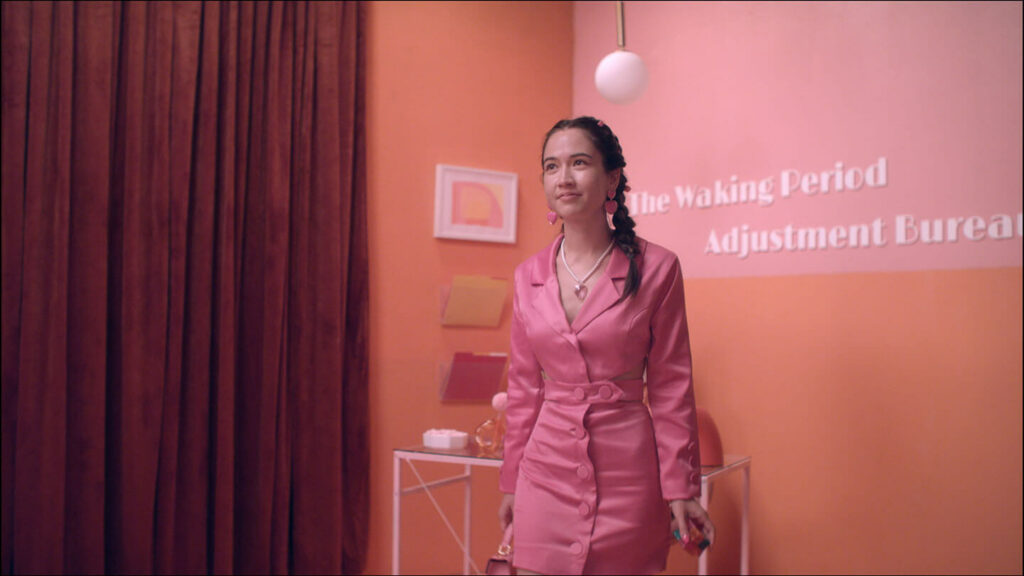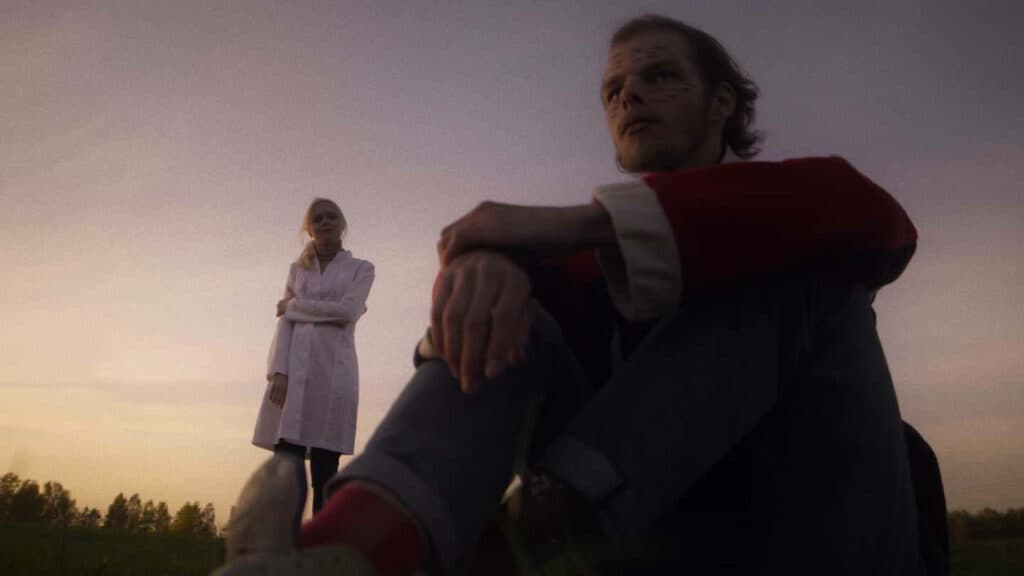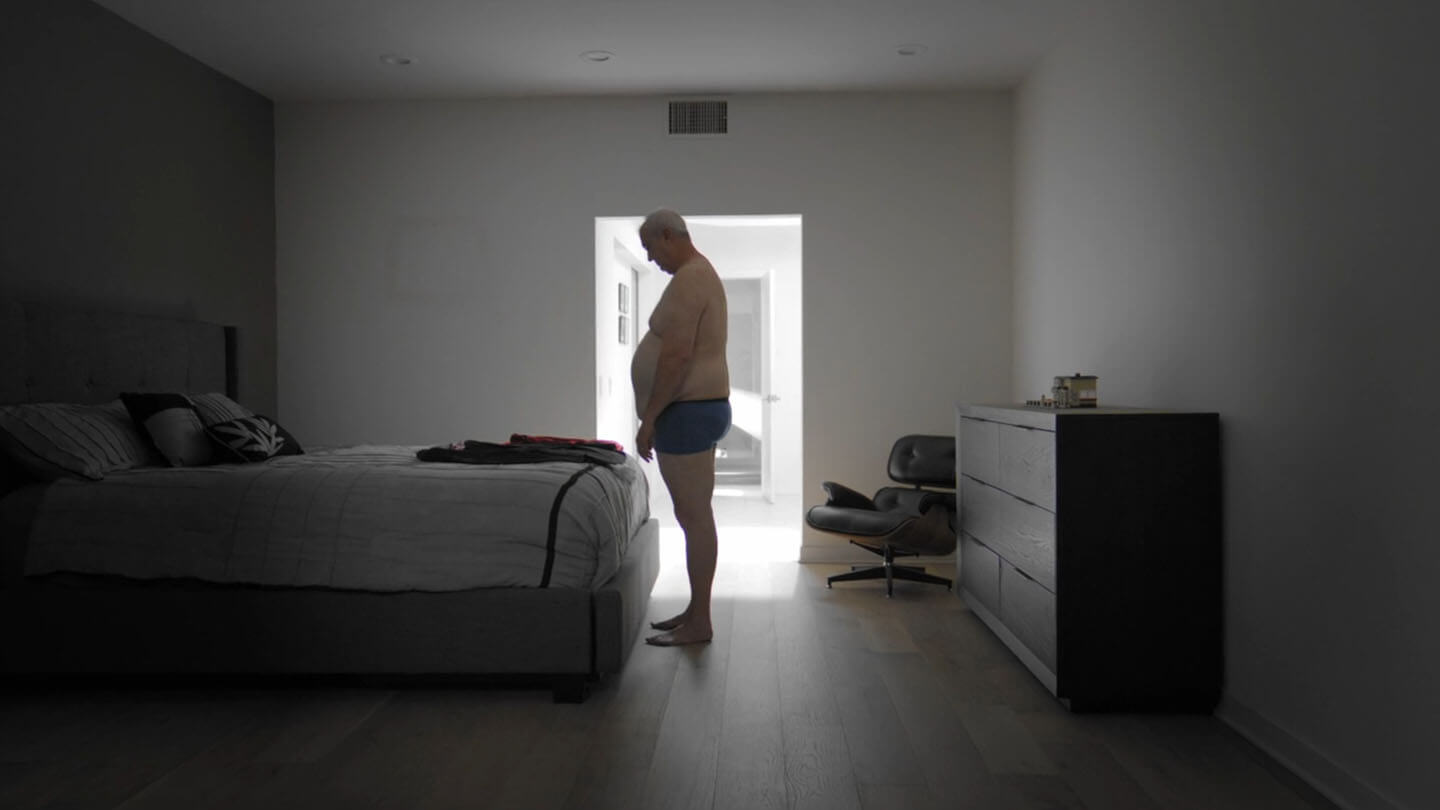Ya-Ting Itchy Yang’s sci-fi Odd/Even finds its protagonist on the eve of a year-long hibernation with only hours left to extricate herself from a bad relationship. The 16-minute film fits within itself the story of an abused young woman in a future where the implemented solution to a global crisis of resources is to only have half the population awake at a time. To escape from her partner, the only available and effective solution is for Rénee to swap her population group.
It is easier said than done. Andre (Nachbi Lacossiere) runs 24×7 surveillance on Rénee (Corrine Maes), listening in on her even as she is in the middle of the irreversible procedure to adjust her waking period (instead of going into cryogenic hibernation for the year 2044 with Andre, Rénee will move into the waking Even group).
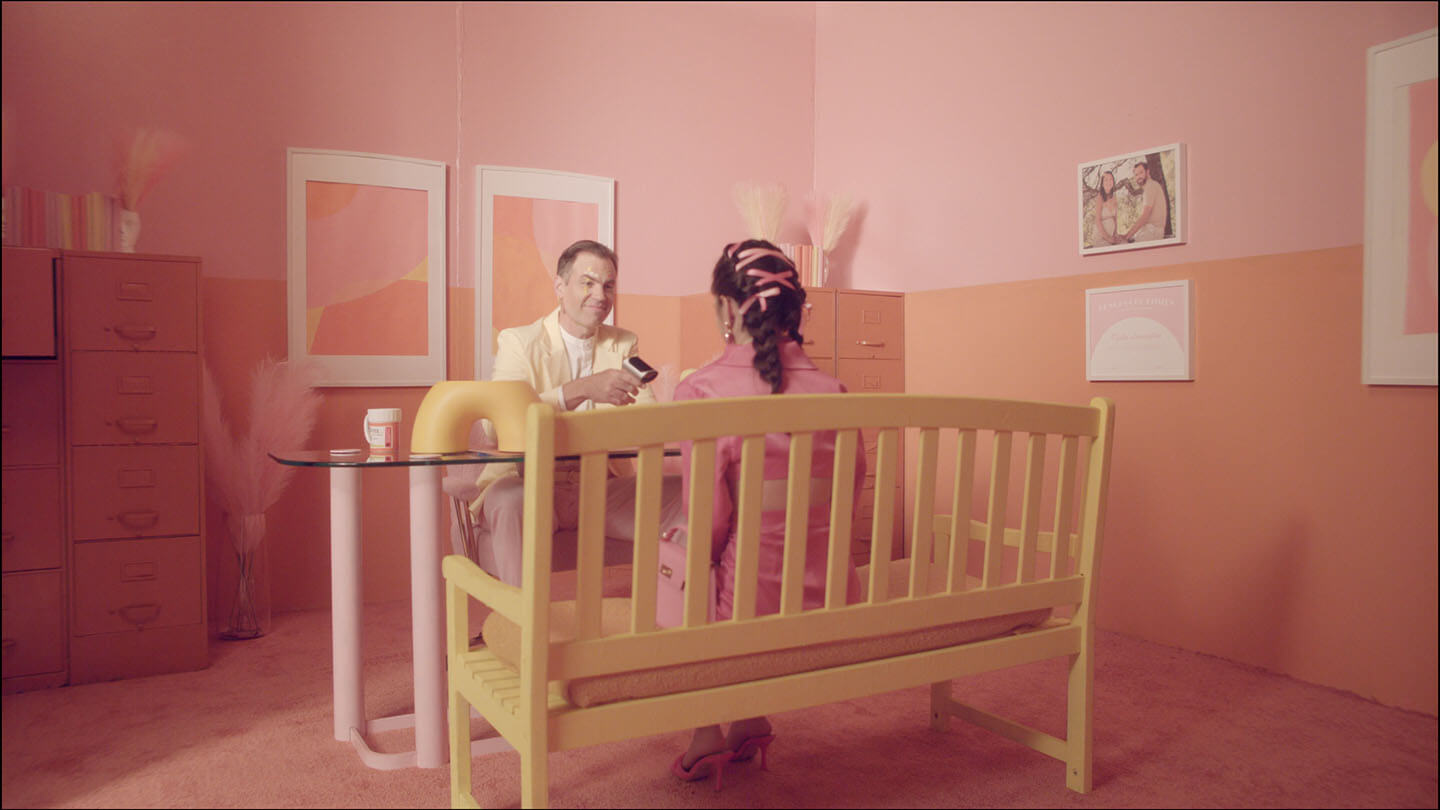
The film’s best facets are its production and costume design. The costume design makes for a futuristic yet recognizable visual aesthetic, and what’s more, seems designed around sleep as its theme (Rénee’s hair is often a derivation of curling braids). Production design packs in a lot of detail in the pastel frames that often rely on the image itself to do the talking. Like Andre’s earring that pairs with the necklace Andre gets Rénee. A cute heart shaped thing that doubles as a listening and tracking device, it feeds information directly into Andre’s earpiece. The display data on Rénee and Andre’s hibernation pod is a looming, stifling reminder of what Rénee can expect for the next two years if she does not escape now.
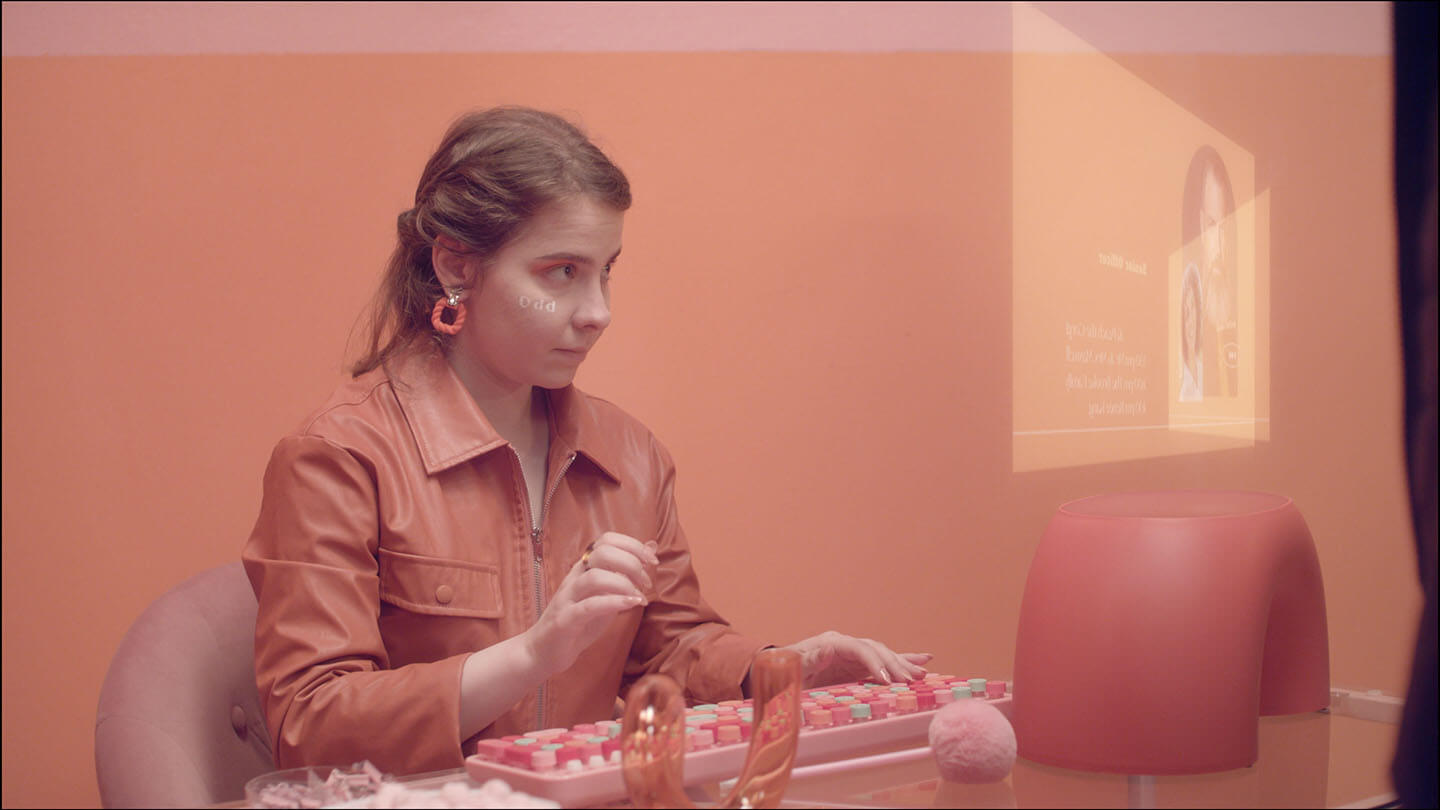
The film starts by gradually building up to Andre’s abusive behaviour, then descends into a relentless montage of the then worsening relationship and its cost to Rénee. The narrative intercuts this with Rénee’s meeting with the adjustment bureau officer, Ofelio (Peter Larney, mildly channeling Stanley Tucci’s Caesar Flickerman) on the one hand and Andre’s frantic efforts to foil her escape attempt by simultaneously changing his waking period. The urgency of the present mingles with the volatile tension of the past, creating apprehension and even hopelessness. The swap is irreversible, Ofelio repeatedly emphasizes. How could Rénee ever escape if her abuser also swaps with her?
The climax is subtle in its writing and execution, swiftly requiring the viewer to reorient their conceptions of the two characters, especially Rénee. Odd/Even makes its visuals its most noticeable aspect but it is underpinned by deft writing that utilises its genre as more than mere set dressing.
Watch Odd/Even Short Film Trailer
No comments yet.
Got Something to add to this article?
Your email address will not be published. Required fields are marked *

